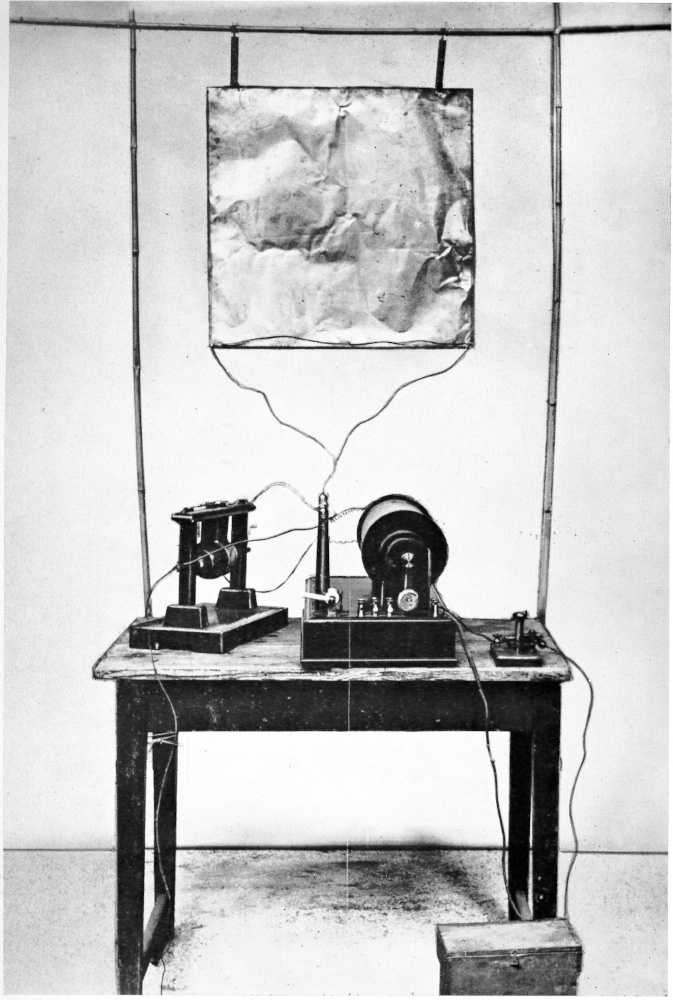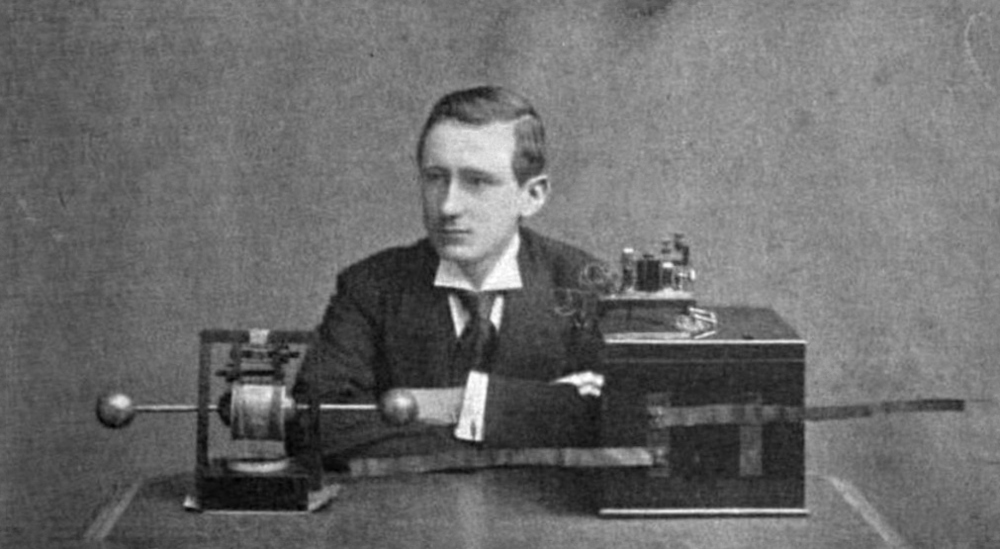Marconi’s Technology
Slowly but surely, Guglielmo Marconi made progress. By the age of 20, he had learned that if he used a wire as a ground and increased the height of his antenna, he could send radio signals much further. This discovery would fuel the rest of his career. If he could extend his range by a few metres in his small experiments at home, how far could they go if he had an even taller antenna?
Funding
Research is expensive, but Marconi knew that his work was worth it, so he began to look for funding. Marconi told the Italian government about his work and asked for financial support. He received a swift rejection. So, in 1896, he decided to go to England. The English government was much more interested and approved his funding request. With this new support, Marconi made great progress. He built a radio set that could send and receive Morse code, which he quickly patented. Several companies offered to buy his patent, but he declined. By late 1897, Marconi opened the Wireless Telegraph and Signal Company and began selling his radio sets.
The sets practically sold themselves, but a major problem arose: interference. Receiving radio waves is like hearing conversations. If one person is talking, everyone can hear them. But if everyone is talking, they drown each other out. With so many radios being used at once, it became difficult to clearly receive messages. In response, Marconi invented a device that would let radios operate on unique wavelengths. It fixed the problem. He would later be granted Patent No. 7777 for this invention, a special number to mark just how important it was.
On March 27, 1899, Marconi visited Wimereux, France, where he used a radio to contact an assistant in South Foreland, England. It was the first known instance of wireless communication between two countries—and it crossed the English Channel. This was a major achievement, but only the start of Marconi’s journey. If his device could radio between two countries, then the next step was obvious: to radio between two continents. So, Guglielmo Marconi boarded a ship bound for North America.



